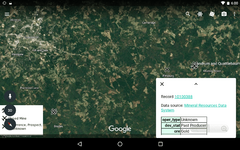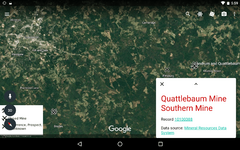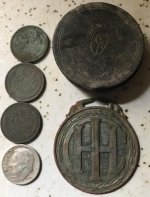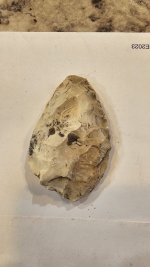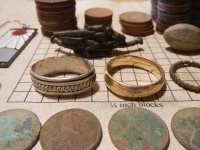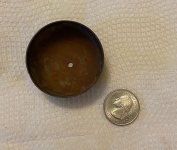How far does gold travel in streams? There is a history of mining on this river and its tributaries but south maybe 30 minutes of driving(below forest city NC) I see no history of mining. Does anybody have any experience with this? Would gold not have traveled this far? Or maybe it was never found to be economical? Upstream the river contains good gold and many of its creeks contain good gold.
All the mines from the map run into This river the second broad river. It runs by the area called cliffside in the map. Is there any reason there wouldn't be gold in this area?
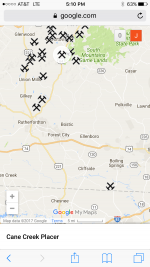
All the mines from the map run into This river the second broad river. It runs by the area called cliffside in the map. Is there any reason there wouldn't be gold in this area?

Upvote
0



